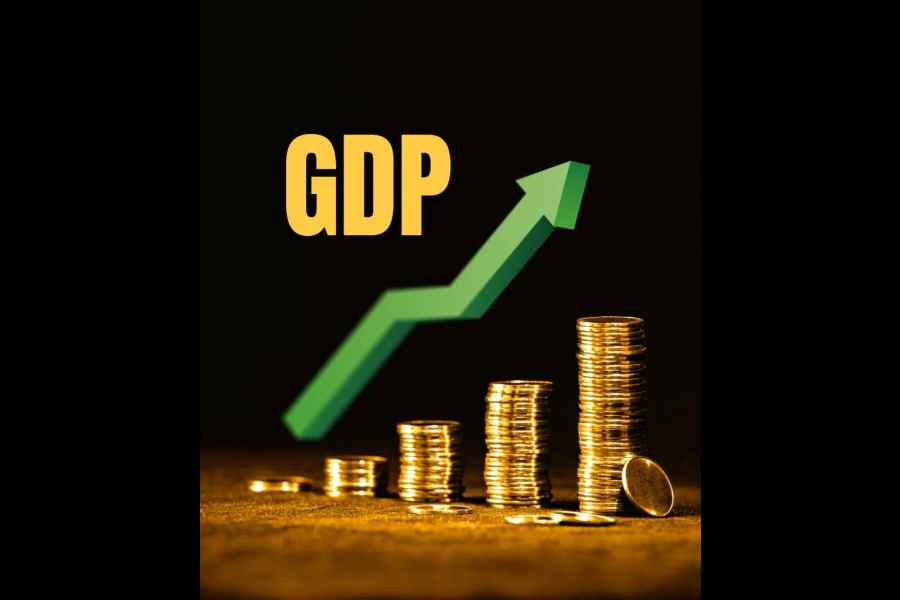The Indian economy expanded faster than expected at 7.8 per cent in the March quarter, pushing the annual growth rate to 8.2 per cent in the last fiscal — the highest among the major economies in the world — backed by a strong show in manufacturing. Gross domestic product (GDP) growth was 7 per cent in the previous 2022-23 fiscal, according to statistics ministry data.
The growth print arrived a day before the electorate votes in the final phase of the Lok Sabha polls, with counting on June 4.
The higher GDP growth rate is also because of high tax collections, which has created a gap between GDP growth and the growth in gross value added, which is at 7.2 per cent for the last fiscal.
“One factor driving up GDP growth has been the high growth in net taxes by 19.1 per cent which is due to a combination of higher tax collections and lower subsidy payout," Madan Sabnavis, chief economist, Bank of Baroda said.
Gross domestic product of an economy is its gross value added plus net of taxes and subsidies.
"The upside in the GDP figures has led to a downward revision in the fiscal deficit to 5.6 per cent for 2023-24 which augurs well for fiscal consolidation,” Suman Chowdhury, chief economist and head of research, Acuité Ratings, said.
He attributed the strong numbers to the manufacturing sector which grew 9.9 per cent last fiscal against a contraction of 2.2 per cent a year ago.
“While the momentum in the economy continues to be strong, there are two factors that had a meaningful contribution to the higher than expected GDP growth numbers in the previous year," Chowdhury said
"One is the deflation or very low WPI inflation witnessed in 2023-24 which leads to lower differences between real and nominal GDP growth. As WPI inflation normalizes to 3 per cent or higher, the difference between the two growth prints will revert to the average levels.
"Second, the upside in tax collections and the lower than budgeted subsidy payouts have also helped in elevating GDP growth compared with GVA growth,” he said.
“Driven by buoyant Q4 growth in manufacturing, construction, public administration and defence services and financial and real estate services the full year real GDP growth is at 8.2 per cent exceeding the expectations of both domestic and multilateral institutions," D.K. Srivastava, chief policy advisor, EY India said.
Fiscal deficit up
The central government's fiscal deficit during 2023-24 at 5.6 per cent of GDP was better than previous estimates of 5.8 per cent on account of higher revenue realisation and lower expenditure, according to official data released on Friday.
In actual terms, the fiscal deficit — or gap between expenditure and revenue — was ₹16.53 lakh crore.
Meanwhile, the eight key infrastructure sectors' growth rose to 6.2 per cent in April on healthy expansion in the production of natural gas, refinery products and electricity, according to official data released on Friday.
The production of eight sectors grew 6 per cent in March.
Moody's forecast
Moody's Ratings on Friday projected India to grow 6.8 per cent in the current year, followed by 6.5 per cent in 2025, on the back of strong economic expansion, along with post-election policy continuity.










